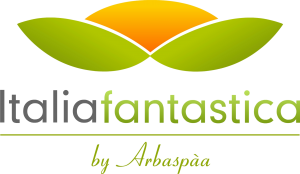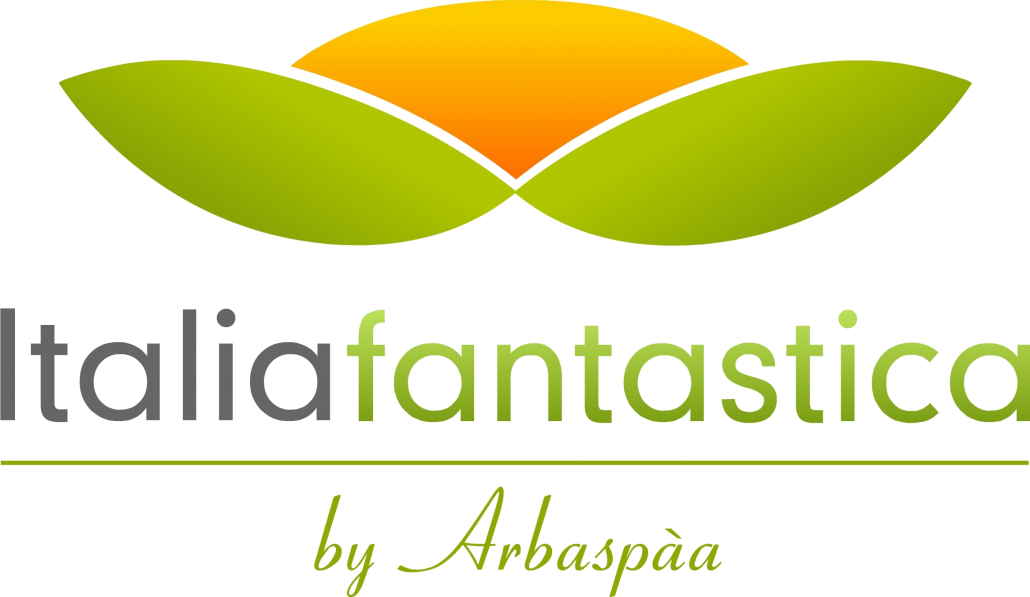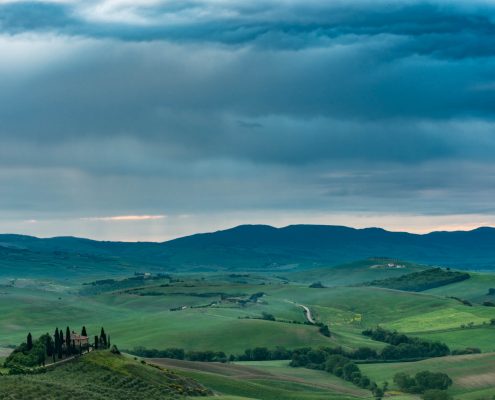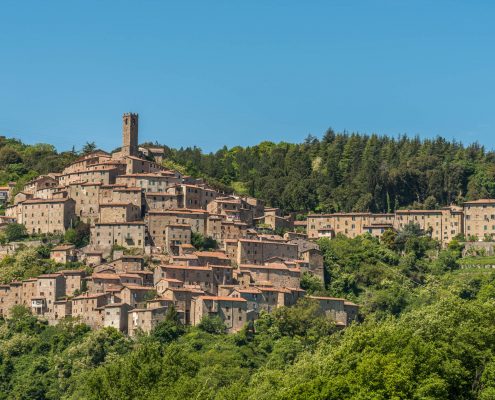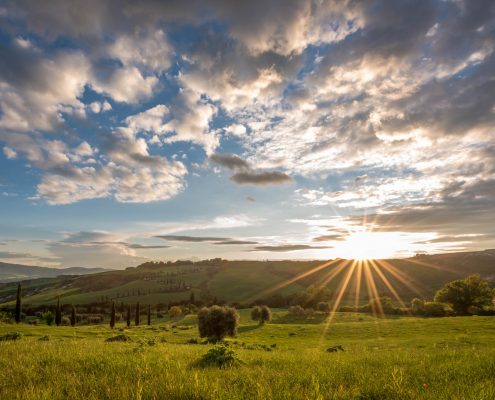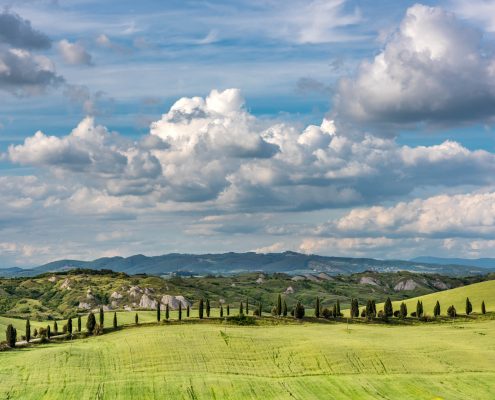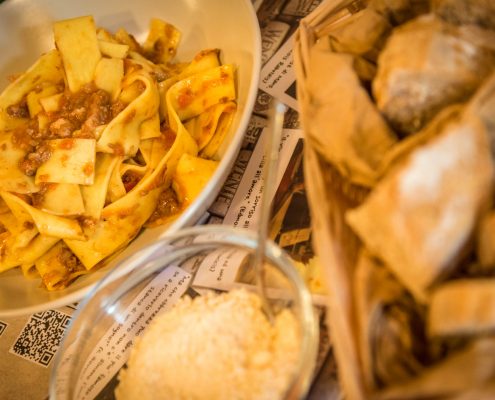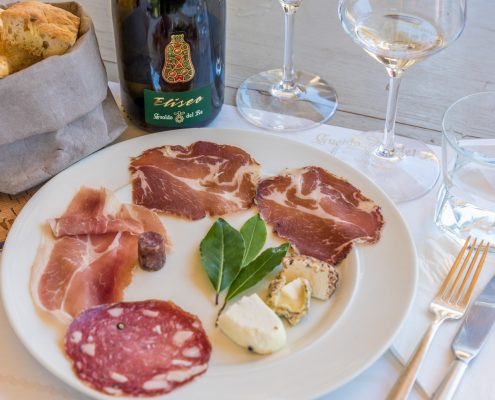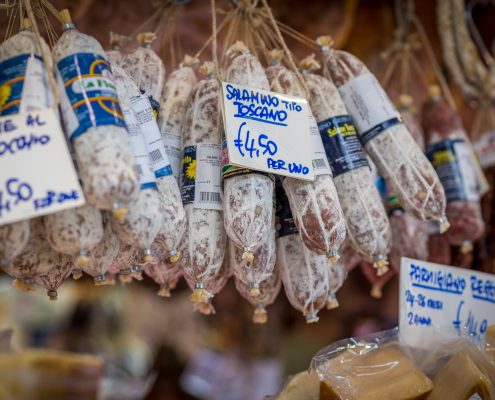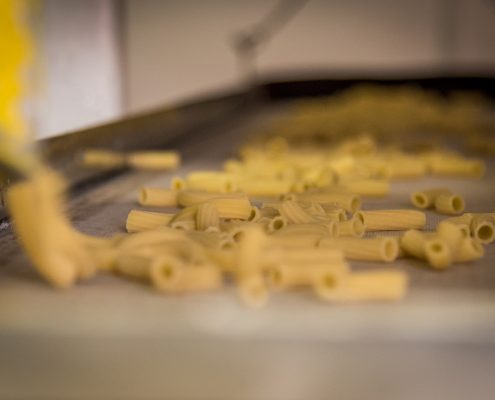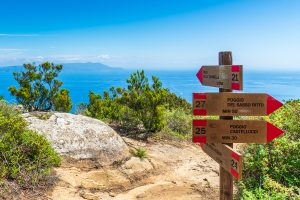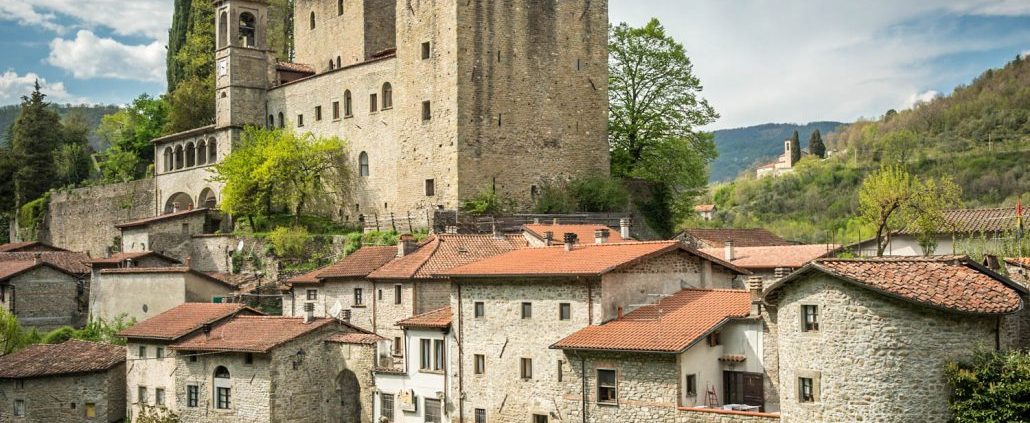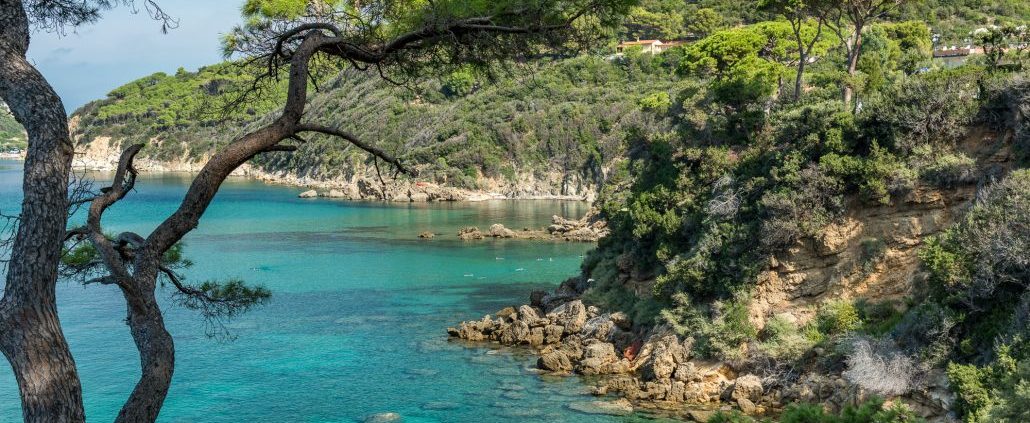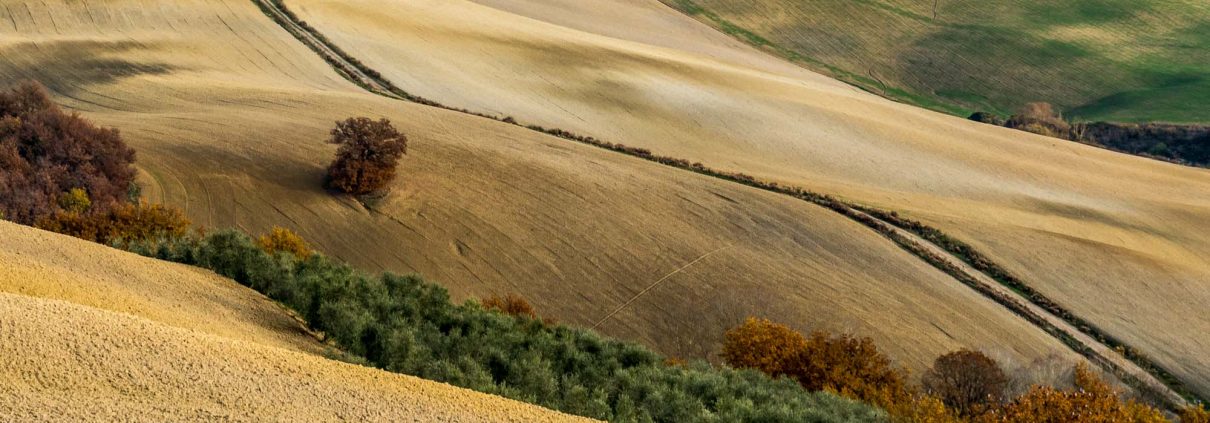Tuscany
Tuscany is located in central Italy and stretches from the Apennines to the Tyrrhenian Sea.
Its landscape, artistic heritage and stand-out cities – first among them Florence – make Tuscany an unquestioned protagonist of international tourism. In this region, nature has many different facets, starting from the coast that alternates long and sandy beaches, like the Versilia beach, with rocky cliffs and steep headlands. The islands of the Tuscan Archipelago, surrounded by Mediterranean vegetation, a crystal-clear sea and rich seabeds, are peerless.
You can admire sceneries of uncontaminated nature in the Apuan Alps and in several protected areas, such as the Orbetello Lagoon, home to many species of migrant birds, including pink egrets.
However, the most typical sceneries of the region are those that merge the beauty of nature with the millenary work of man. The amazing Gulf of Baratti and the sites of Vetulonia, Vulci and Pitigliano guard necropoli and vestiges of the Etruscan civilization, while Roselle and Cosa evoke memories from the Roman Age.
Medieval villages, historical towns, castles and defense systems, country churches (the so-called pievi) and beautiful abbeys, like the one of Sant’Antimo, are scattered all over the territory and their profiles stand out in the landscapes of the Crete Senesi, Orcia Valley, Garfagnana, Chianti and the Maremma.
Finally, Tuscany is full of spas: Montecatini, Saturnia, Montepulciano, Monsummano and Bagno Vignoni, which offer relaxing holidays thanks to their thermal waters and well-equipped facilities for all types of treatments.
The provinces of the region are: Florence (regional capital), Arezzo, Grosseto, Livorno, Lucca, Massa Carrara, Pisa, Pistoia, Prato and Siena.
What to see
Tuscany hosts innumerable astounding localities, many of which are also named UNESCO World Heritage Sites; of course, one must begin with Florence.
Famous all over the world, the ancient Signoria dei Medici is the preeminent cradle of culture and art. It is a true museum under the sky containing countless monuments, including the Duomo, with Giotto’s Bell Tower; Santa Maria Novella; Palazzo Vecchio; and the Uffizi Gallery, with all its unique masterpieces.
The charm of Florence is also evident along the Arno River, on the picturesque Ponte Vecchio, and in the workshops of artisans that liven up the lanes of the old town.
Another extraordinary destination is Siena, with its Medieval town center– itself included on the UNESCO World Heritage List – and culminating with the evocative Piazza del Campo, also theatre for the famous Palio.
Pisa gathers its main monuments in Piazza dei Miracoli, among which is the Leaning Tower that makes up part of an incredibly-valuable artistic area that is protected by UNESCO as well.
Pienza is the “ideal Renaissance town” that was wanted and created by Pope Pius II. The spectacular arrangement of the spaces and the richness of the buildings make this town an artistic treasure (an additional UNESCO insertion).
San Gimignano stands out among the small towns of the region, a Medieval town characterized by its towers and “tower homes” (another site recognized by UNESCO).
Of countless other Tuscan particularities, the Orcia Valley (UNESCO) deserves to be mentioned for the beauty of its fields and landscapes that have inspired many Renaissance artists.
What to taste
The origins of Tuscan food are rather rustic, as we can see from its basic ingredients: bread, even stale bread, spelt, legumes and vegetables.
Some typical appetizers are crostini (toasted bread) topped by spreads like cream of chicken liver and spleen, panzanella, and salame, including finocchiona, a fennel-flavored salame.
The typical first course is soup, like the famous ribollita or bean soup, spelt soup, pici (a type of spaghetti from the area of Siena), or pappardelle with hare.
A famous fish dish is cacciucco soup, followed by mullets and the stockfish stew of Livorno.
Among meat dishes, the bistecca fiorentina (grilled T-bone steak) is the most popular; guinea-fowl meat, pork and game are quite common as well.
The typical desserts are castagnaccio (chestnut cake), buccellato (anise cake) and cantucci.
Wine production here is excellent for both variety and quality: Tuscany produces the finest wines in Italy, from Chianti to Vino Nobile Montepulciano, Brunello di Montalcino, Vernaccia di San Gimignano and many more. Vin Santo, a sweet and liqueur-like wine, is paired with cantucci (almond cookies, or what Americans refer to as biscotti).
